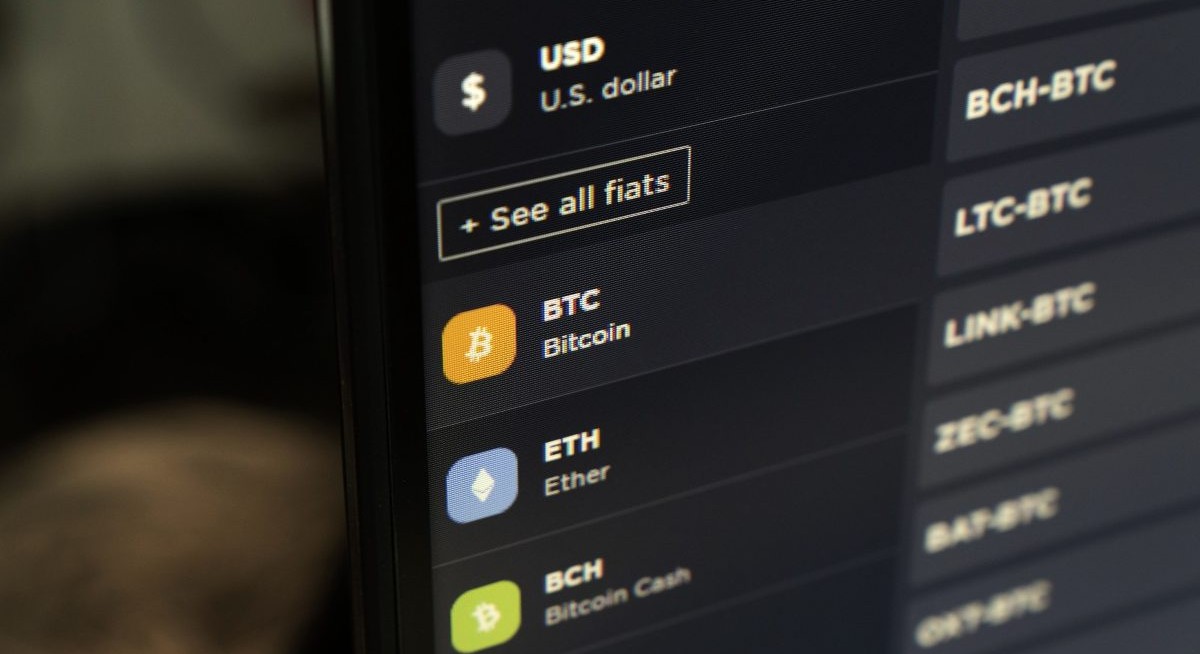Bitcoin, the original cryptocurrency, emerged more than a decade ago out of the ashes of the global financial crisis as a bypass to the banks and government agencies mired in Wall Street’s great calamity at the time. The digital token steadily gained a following, inspired a rash of wannabes and endured some wild rides. But it wasn’t until the next big crisis, Covid-19, that the market really took off.
Crypto exploded after March 2020, when the Federal Reserve and Congress unleashed trillions of dollars’ worth of stimulus to blunt the pandemic’s economic blow. A bunch of that cash made its way to digital assets, turbocharging prices. Bitcoin soared 305% in 2020 and notched another 60% the following year, topping out at a record of almost US$69,000 in early November. Since then, though, it’s been on a relentless slide, weighed down in large part by the central bank’s hawkish pivot. Now, with odds rising that policy makers will commence a series of rate hikes as soon as March — just one of several steps they’re set to take in removing liquidity — it remains to be seen if the crypto ecosystem can hold up without it.
It’s not looking good so far: Bitcoin is already down some 40% from its highs, while No. 2 coin Ether and other “altcoins” have also suffered steep declines.
“If they’re going to hike rates three times in 2022 and keep the program, and the era of low rates is over, we’re going to really see how much people believed in their Bitcoin-crypto thesis,” said Stephane Ouellette, chief executive and co-founder of crypto platform FRNT Financial Inc. “I would expect that the Fed getting more and more hawkish is very bad for valuations.”
See also: Terraform Labs co-founder says five years in prison enough for crypto fraud
Mr Powell was more fun w the money printer. pic.twitter.com/RvCFklgvep
Michael O’Rourke, chief market strategist at JonesTrading, agrees. “The Federal Reserve’s seemingly perpetual asset purchases have been the cornerstone for crypto investing,” he said. Should the central bank follow the path laid out in its latest minutes release, which showed that Fed officials are prepared to move faster than expected to lift interest rates and potentially shrink the bank’s balance sheet, then “that would immediately undermine the key bullish thesis behind Bitcoin and many other cryptos,” O’Rourke said.
For most of its 13-year history, Bitcoin has enjoyed an environment of easy monetary policy and zero or negative rates. While there is no straight through-line from the Fed’s coffers to Bitcoin buy-orders on exchanges, there is a connection, according to David Tawil, president of ProChain Capital, a crypto hedge fund. For one, the Fed buying any type of asset can have ripple effects and lift prices of other investments. “All the buying power, all the investable power that exists has to go somewhere,” he said by phone.
See also: Bitcoin tops US$90,000 as options point towards shifting
Second, with rates at rock-bottom lows, investors have been forced to scour the market for higher-yielding opportunities and many turned to crypto given its ability to post outsize gains. Think of a junk-bond investor who was accustomed to high-single-digit returns even on bad days, said Tawil. “He’s going to be forced to put money into something ‘riskier,’ but, more importantly, something that yields something he’s used to getting.”
So what happens when financial conditions become tighter? “The initial move is the opposite of what happened when they put the money in — everything’s going to go and swing the other way, until it settles down,” Tawil said. “That’s why you have this immediate reaction in the market because everyone’s anticipating that the money is going to leave the riskier stuff.”
The last time the US central bank raised rates was in December 2018, its final increase in a series of hikes. Back then, Bitcoin was trading at about US$3,700 and concepts such as “decentralized finance” and “non-fungible tokens” were years away from entering the vernacular. It turned out to be a rough year for the original cryptocurrency, particularly toward the end, when Bitcoin lost more than 40% during the last two months — a period that also coincided with a walloping in U.S. stocks.
That dynamic is playing out again now, with Bitcoin falling in step with richly-valued equities ahead of an expected new round of Fed tightening, says Peter Boockvar, chief investment officer at Bleakley Advisory Group and editor of The Boock Report.
“For now, it’s proving to be just a risk-on/risk-off asset,” he said. “I expect it to trade with other risk assets in response to Fed tightening.” Boockvar compared the digital coin to Cathie Wood’s ARK Innovation ETF, which is seen as “the ultimate risk asset” and which has also proven highly sensitive to Fed tightening as investors start to pay more attention to valuations.
Bitcoin, though, remains a supreme shape-shifter. It has represented many things to many people for more than a decade now and its (often contradictory) narratives will continue to evolve. After all, it’s been written off time and again as dead, denounced as rat’s poison, and castigated as a bubble only to come back stronger each time.
And as institutional adoption increases, Bitcoin’s future may also become clearer, says Max Gokhman, chief investment officer at AlphaTrAI, which is working on an application of its artificial-intelligence algorithms for the digital-asset space.
“We shouldn’t discount that in the future Bitcoin use cases may evolve to where it reinvents itself and gains importance anew,” he said.
Photo: Bloomberg




